The scope of PPC is rapidly changing. Trust us, we know—we do it professionally. Yet, to assist the individuals who probably will not have a huge amount of involvement in this domain, our PPC experts have collaborated to prepare Ecommerce PPC Management Guide. We will cover all that you have to know like e-commerce. We have covered the best PPC strategies and patterns in 2019.
Importance of PPC Campaigns for E-commerce Sellers
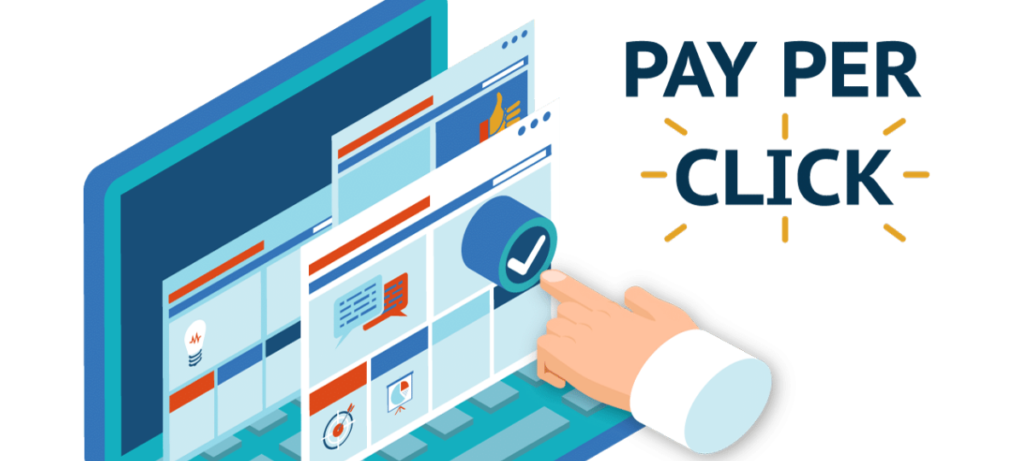
PPC or pay-per-click is a way of paid online advertisement, where the advertiser is charged based on a number of clicks on his advertisement. In simpler words, if you are an e-commerce seller and opted for PPC services than you will be charged only when someone clicks on your advertisement.
E-commerce is a very competitive industry. You can find many sellers selling the same products. There are high chances of your e-store going un-noticed and hence e-commerce marketing comes into the picture. Creating paid campaigns enables you to show up your presence to your users. It is a great way to display your strengths to your users.
There are misconceptions that PPC may cost you a lot but with the right e-commerce PPC management strategies, and best optimization practices can really help boost your business and generate revenue.
Platforms for PPC Campaigns
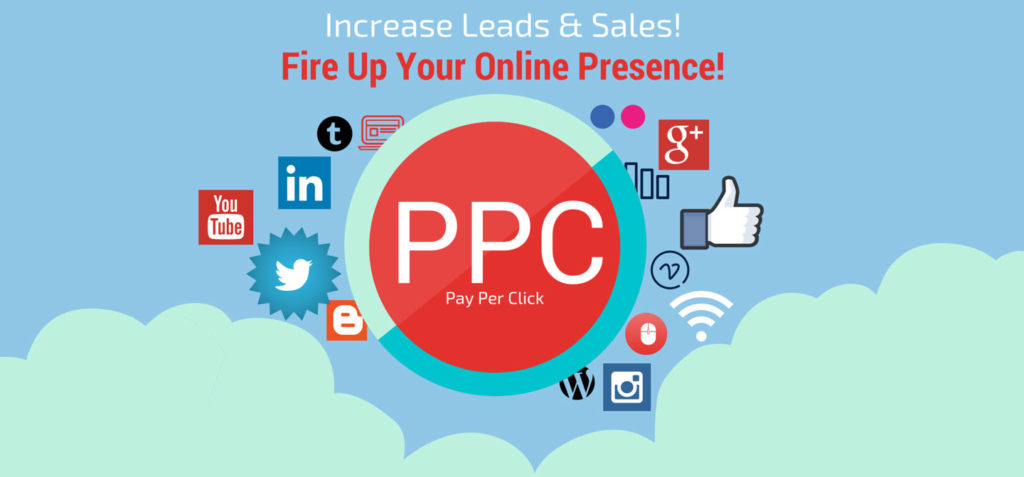
There are various platform with you can please your paid campaigns which an e-commerce seller can use to market your e-store products such as:
1. Google Ads
2. Bing Ads
4. Instagram
5. Linkedin
6. Amazon Advertising
E-commerce PPC Management Strategies
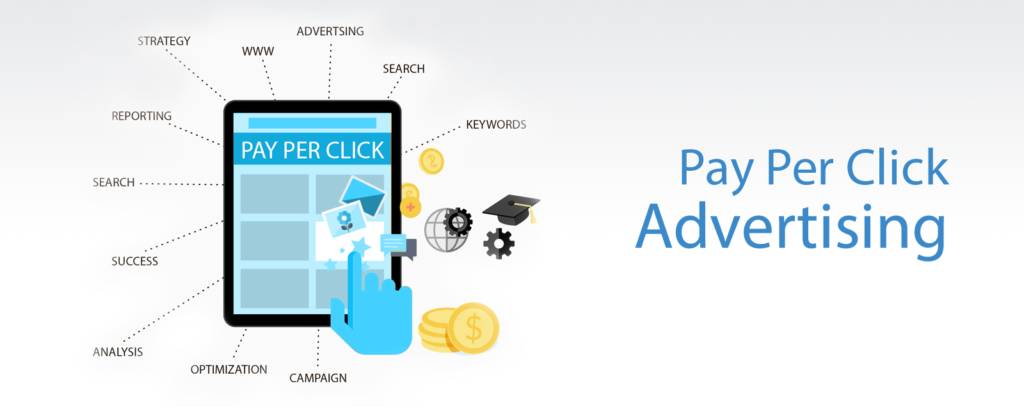
Before setting up any campaign, you should always define your goal. Your goal could be anything from increasing sales and generating revenue to generating leads and brand awareness. You should always be clear that what you expect from your e-commerce PPC campaigns. Once your goal is set then, you must follow below mentioned steps:
Research:
If you want your ad to show up to your users, is important to know what users are searching the most. Have thorough research on which keywords users are using to find your product. Keyword research is the most essential step to create a campaign. If you succeed in this part than more than 60 percent of your task is completed.
PPC is all about clicks. If your keyword research is not up to the mark than your campaigns will show up on irrelevant places and this will cost humongous on your pocket.
There are broadly three types of keywords:
- Broad
- Phrase
- Exact
You have to decide which type of keyword suits best for your business type.
Campaign Set Up:
Once you are done with the complete market research now you should decide what type of campaign suits best for you. Campaign selection is really very important. In order to receive the maximum benefit of your campaign, you must select the campaign according to the product you choose to market.
Types of campaigns:
1. Search Text Ads
Search Ad campaigns are a text-based campaign which does not include any kind of images. These campaigns are best for those who sell services and do not have any product to display. This campaign type works by linking your keywords to the words or phrases which usually someone uses more often to search your product or services on Google.
2. Display Ads
Display ad campaigns are the way to promote your products on different relevant websites through banners or any other ad format including text, images, videos, etc. In this when you create a campaign your ad automatically is shown to the users browsing a similar website.
For example, if you have a beauty product to sell and you have created a display ad campaign for your product than any user searching for beauty products or reading beauty blogs, your ad will be visible to them.
3. Shopping Ads
Google shopping ads are the best way to make your e-commerce products visible to your users. This is one of the best e-commerce marketing strategies for any e-commerce seller to gain visibility and brand awareness. Shopping ads in a layman’s term are the small images which pop up first on Google when you search for any product. For example, if you are searching for women shoes on Google than the first search results will be few images from different e-commerce sellers redirecting you directly to their website.
Optimizing a Campaign
Once you have successfully created the campaign, optimizing it is the most crucial step. Optimizing your campaign is a very important step as it will help you to reduce your Advertising cost and will give you a more profitable return.
To optimize your campaign you should monitor your campaign for at least a week and analyze which is your best performing campaign and which is your worst performing campaign. With this, you will be able to save you money and stop your non-performing campaign.
You should regularly add new keywords for your campaign as users may change their search terms. To avoid your ad being displayed to the wrong target audience you should definitely use negative keywords. This will ensure that your ad is not displayed for these keywords. You should try using keywords matching the lower cost.
You should always keep testing your ad copies with landing pages. This will save a lot of your money and will give you better results.
Best Practices for E-commerce Seller to run Google PPC Campaign to attain maximum results
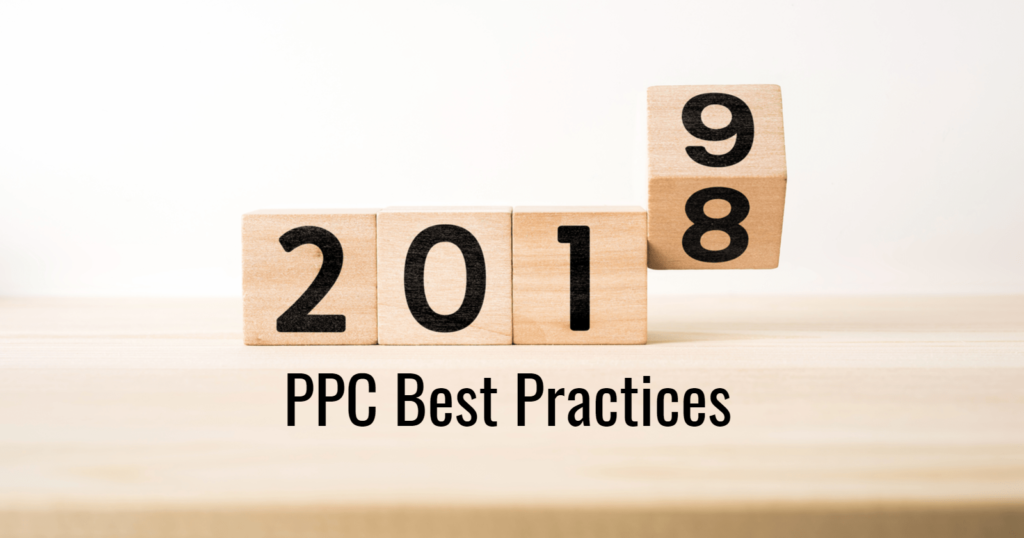
1. You should always focus on getting the best and most relevant keywords for your campaign. This will not only reduce your ad cost but will give you more search results.
2. Always b ensure about your target audience. If you select your target audience wrong than you will not be able to get the desired results from your ad campaign.
3. Try using negative keywords as this will minimize your ad being displayed to wrong places and thus saving your money for clicks by wrong users.
4. Always, make small and focused ad groups. In each group, you can include related relevant keywords, ad text, and landing pages. This will not only help you target better but your landing page will also be optimized.
5. Use CTAs in your ad campaigns. CTA refers to call to action like click here, learn more, get consultation, etc. This increases your click and more number of users are redirected to you website.
6. Competitor analysis is the most important e-commerce marketing strategy to be followed. Always keep a check on your competitor and his moves.
7. Perform A/B Testing. You should know which of your campaign is working or not. The best tool you have for doing that is to do A/B testing with your ads. Try out ads for the same link that have slightly different wording, or a different CTA, or that use a different extension.
Google PPC is one of the best ways to generate users for your e-commerce store and generate traffic. Against its popular image of being expensive, if created and optimized in a proper and strategic way you can increase your Return on Investment (ROI) by keeping your Advertising cost in control. If you are not sure how to handle everything yourself you may go for PPC consultants or you can hire a PPC management agency. Hiring an expert is always a better option to save money.

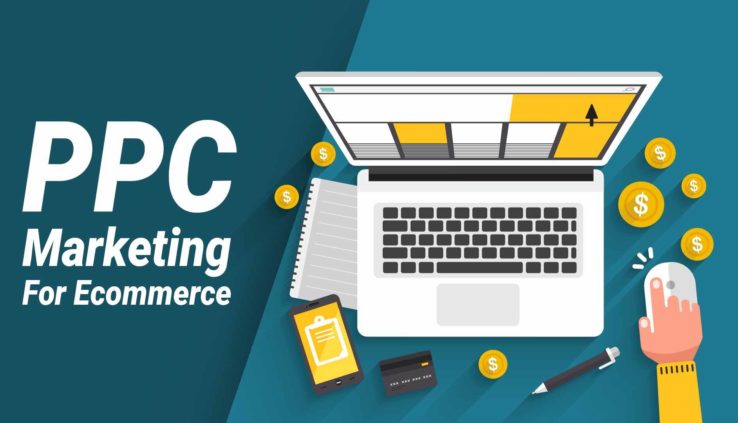
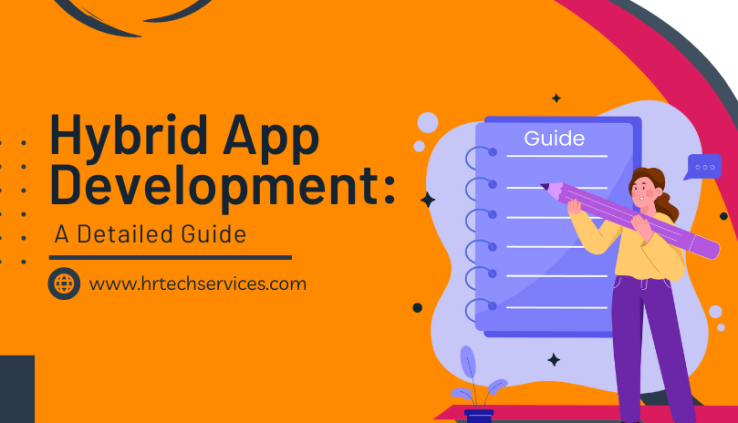
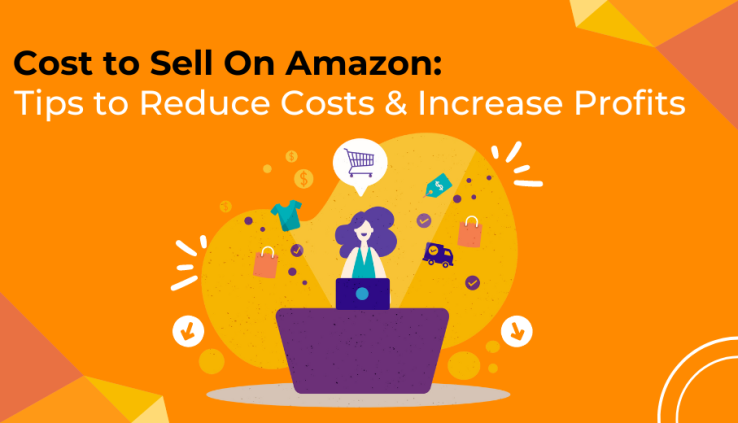
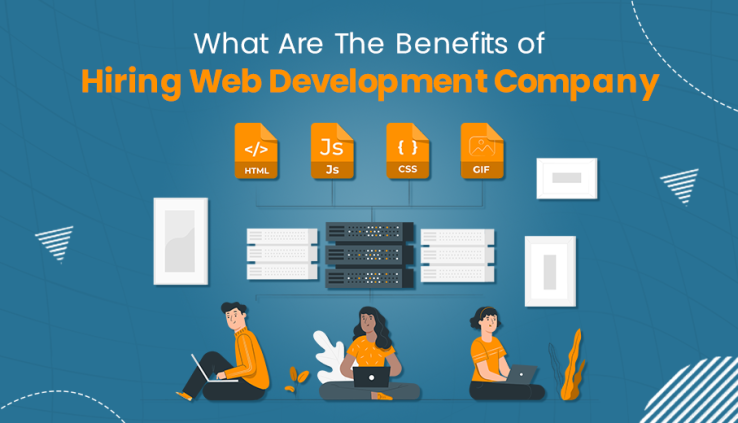
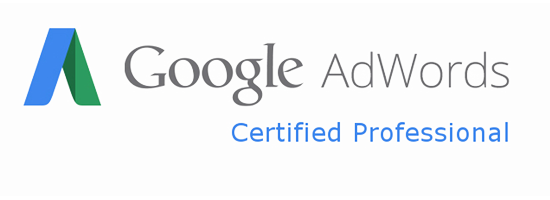
2 comments found
E-commerce Social Media Marketing Strategy Guide 2019: To increase your users by 200%
[…] 6. Using Paid Social Media Ads […]
Ecommerce Marketing Guide for Small Businessess: 2019 Updated
[…] 2. Pay-Per-Click (PPC) […]